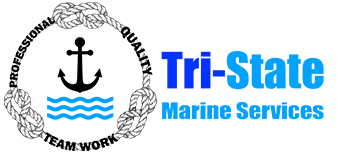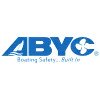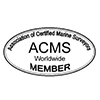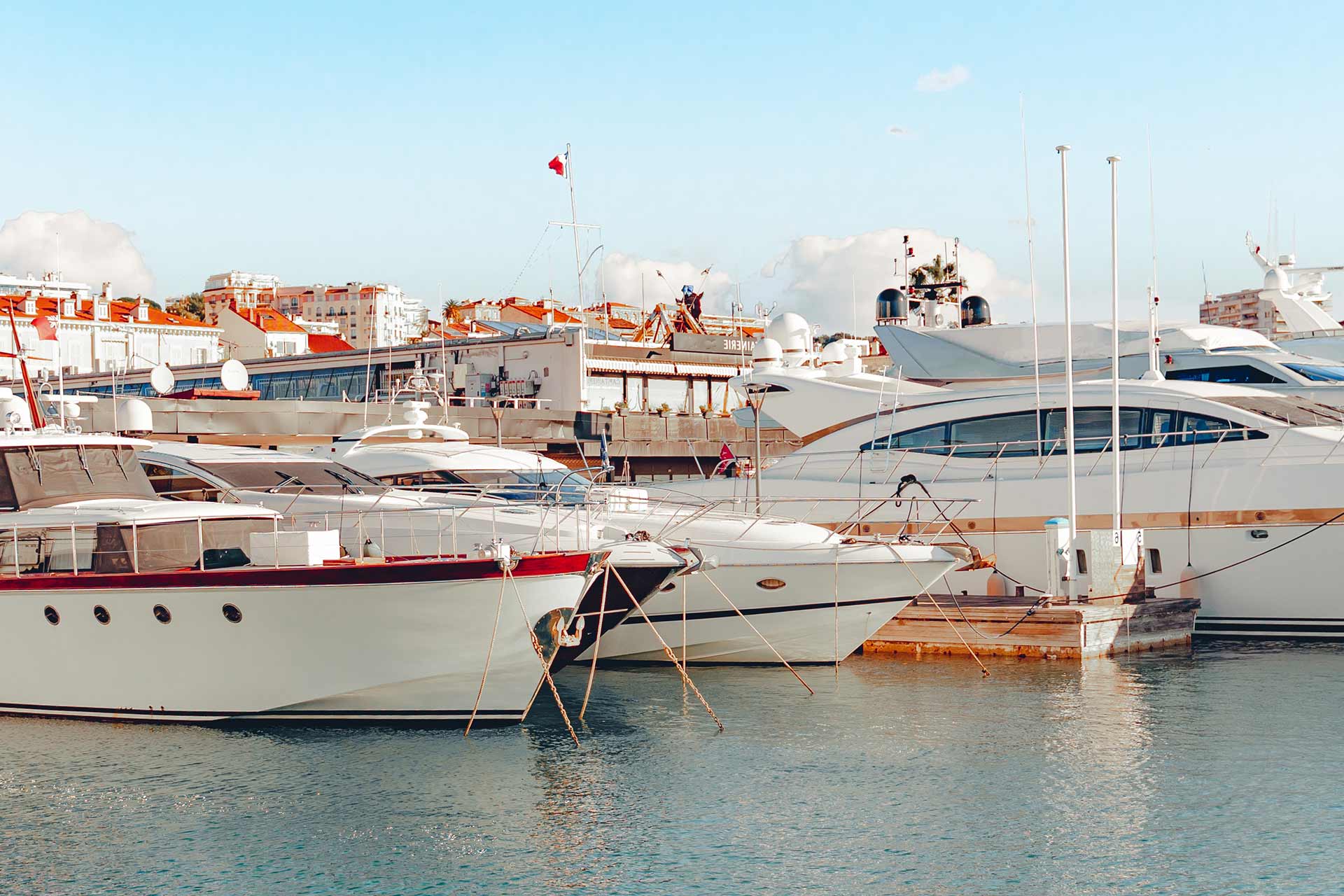
Carbon Monoxide Poisoning on Boats: A Silent Threat!
Boating is a popular recreational activity enjoyed by millions of people around the world. While boating offers a chance to escape the hustle and bustle of everyday life and enjoy the peace and serenity of the open water, it is important to be aware of the potential hazards that can arise. One of the most serious and often overlooked dangers on boats is carbon monoxide (CO) poisoning.
What is Carbon Monoxide?
Carbon monoxide is a colorless, odorless, and tasteless gas that is produced by the incomplete combustion of fuels. It is a byproduct of many boat engines, including inboard/outboard motors, generators, and propane stoves. When CO builds up in enclosed spaces, it can quickly reach dangerously high levels, leading to CO poisoning.
Symptoms of Carbon Monoxide Poisoning.
CO poisoning can cause a variety of symptoms, including:
-
- Headache
-
- Dizziness
-
- Nausea
-
- Confusion
-
- Weakness
-
- Loss of consciousness
In severe cases, CO poisoning can lead to death. The symptoms of CO poisoning are often similar to those of seasickness or alcohol intoxication, which can make it difficult to recognize. This can be especially dangerous if symptoms occur while on the water, where there may be limited access to medical assistance.
Fig 1 demonstrates that low levels of Carbon monoxide for an extended time are just as dangerous as high concentrations over a short period of time. This is why so many deaths occur when victims are asleep.

Sources of Carbon Monoxide on Boats
CO can build up in enclosed spaces on boats from a variety of sources, including:
Engine Exhaust is the most common source of CO on boats. The exhaust from inboard/outboard motors, generators, and other gasoline-powered engines can release large amounts of CO, especially if the engines are not properly maintained or ventilated.
Portable Generators are often used to provide power on boats when shore power is not available. While portable generators can be a convenient source of power, they must be used with caution. Generators should be placed away from enclosed spaces and operated outside in well-ventilated areas.
Propane Stoves are commonly used for cooking on boats. If a propane stove is not properly vented, CO can build up in the cabin or galley.
Prevention
There are several things you can do to prevent CO poisoning on your boat:
-
- Install CO Detectors: Install CO detectors in all enclosed spaces on your boat, including the cabins, galley, and engine compartment. CO detectors should be battery-powered or have a backup battery in case of a power outage.
-
- Maintain Engines and Generators: Properly maintain your boat’s engines and generators to ensure they are operating efficiently and not producing excessive CO. Regularly check exhaust systems for leaks or blockages.
-
- Ventilate Enclosed Spaces: Ensure adequate ventilation in enclosed spaces on your boat, especially when engines or generators are in use. Open windows and hatches to allow fresh air to circulate.
-
- Never sleep with the engine or generator running, even if you are docked. CO can build up quickly in enclosed spaces while you are asleep.
-
- Be Aware of Symptoms of CO poisoning and be on the lookout for them, especially if you are feeling unwell while on the water.
What to Do in Case of Carbon Monoxide Poisoning?
If you suspect CO poisoning, take immediate action:
-
- Get Fresh Air by opening windows and hatches or moving to an outside area.
-
- Turn Off Engines and Generators if it is safe to do so.
-
- Call for medical assistance immediately, even if symptoms are mild.
-
- Administer oxygen if available to the affected person until medical help arrives.
A QUIZ: How many of these sources of CO did you know?
-
- Domestic portable generators sitting in the cockpit – these can be lethal not just from electrical shock but because the exhaust can waft around and find its way into the accommodation spaces through open portlights, hatches etc…low concentration over a few hours will kill you!
-
- No score for knowing leaky exhaust is a source!
-
- Mooring near a seawall where the engine’s exhaust can concentrate between the boat and the wall and swirl into the boat through open hatches etc
-
- One boat’s exhaust can be another boats intake! A death occurred a few years ago when exhaust fumes from the generator on a boat rafted alongside found its way into the sleeping accommodation.
-
- For all you wake surfers out there! A transom exhaust can easily create a high density area of CO; this travels along with the boat and is just where you are holding on, ready to surf.
-
- New canvass enclosures added aftermarket, can act as CO traps especially when the boat is moving slowly through the water.
-
- An excellent list of unexpected CO traps is available from ABYC in the TH-22 educational information sheet about Carbon Monoxide which is worth a read anyway.
Conclusion
Carbon monoxide poisoning is a serious hazard on boats that can be prevented with proper precautions. You can help protect yourself and your passengers from this silent threat by installing CO detectors, maintaining engines and generators, ventilating enclosed spaces, thinking outside the box, and being aware of the symptoms of CO poisoning.
Resources
https://uscgboating.org/recreational-boaters/carbon-monoxide-checklist.php
Search for ABYCInc.org guide TH-22 Educational info about Carbon monoxide.
Bio of Ian MacKinnon M.Sc .
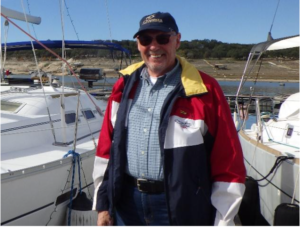
Ian is a Graduate of the Chapman School of Seamanship in Marine Surveying and is a member of the Association of Certified Marine Surveyors.
He holds a Masters in Systems Engineering from the University of Surrey in the UK and holds several certifications from the American Boating and Yachting Council covering Electrical systems, Marine Systems and Adherence to ABYC standards. Ian was born in the UK, moved to the US in 1999 and is now a US Citizen.
